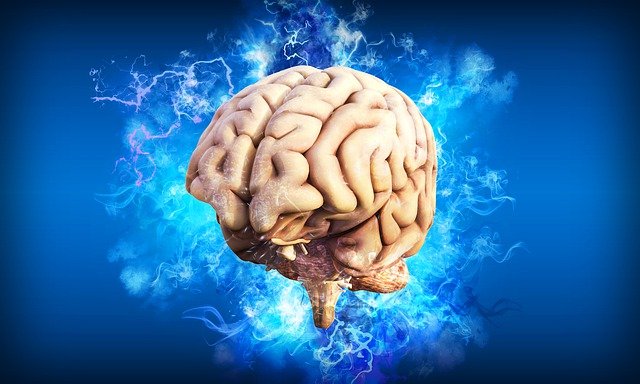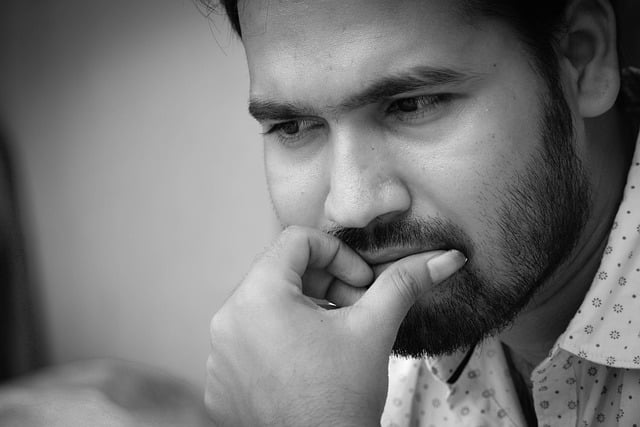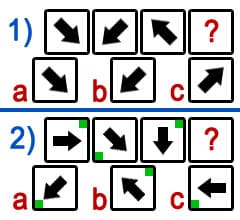
Abstract reasoning allows you to solve logical problems.
Reasoning is the process and result of reasoning . This verb refers to the activity of the mind that allows you to structure and organize thoughts to develop a conclusion.
According to the way in which this mental activity is carried out, it is possible to recognize different types of reasoning, such as deductive reasoning and inductive reasoning , among others. In this case, we are interested in analyzing abstract reasoning .
The adjective ( abstract ) refers to that which excludes the subject or that does not wish to achieve the representation of something concrete . At a philosophical level, abstraction is the operation that consists of isolating , conceptually, a specific property of an object, leaving aside the rest of the properties.
What is abstract reasoning
The idea of abstract reasoning is used to name the process that allows a person to solve logical problems. This reasoning allows us to start from a certain situation and deduce consequences from it.
When developing abstract reasoning, it is necessary to approach the process from two dimensions: on the one hand, the different elements must be analyzed in isolation; On the other hand, attention must be paid to the whole. In this way it is possible to notice patterns or trends that allow us to reach a logical conclusion.

Abstract reasoning helps to discover trends or patterns that serve to draw conclusions.
The importance of this ability
The ability to abstract reasoning is very important. For example, when a company conducts a test to analyze the abilities of a potential employee before deciding to hire him, it usually includes exercises that serve to evaluate how the subject puts his abstract reasoning into practice.
At first glance, abstract reasoning tests present us with various small problems in which figures or numbers are seen that are part of tables with no apparent meaning. As explained in a previous paragraph, to resolve them it is necessary to analyze the elements in isolation, to find certain hidden patterns , and also contextually, applying the data found in the individual study to offer a conclusion that logically fits into the scenario.
Abstract reasoning exercises
In any exercise of abstract reasoning, a pattern of behavior is seen. When the protagonists are the figures, said pattern may be centered on changes in color, shape or position . Furthermore, if there is more than one figure in a painting, each one can act independently or in relation to the changes of another. This may seem too complicated at first but it is not if you proceed with patience and attention.

Problems exercising abstract reasoning.
In the first problem presented in the image you see a sequence of arrows arranged in a table, whose last cell is the unknown to be solved. Three possible answers are also offered. The isolated observation of each element leads us to understand that they are arrows pointing in different directions; Put in the context of the whole, we can deduce that they are trying to replicate a clockwise rotation, which is why it is logical to indicate the arrow "c" as the final answer.
The second problem shows two elements, each with its own changes : an arrow, which points in different directions, and a square, which changes position in each cell. In this case, it is important to study each figure separately and, only then, put the data obtained in context to try to find the solution. The arrow starts facing to the right, and then rotates clockwise, in 45 degree increments; the square, for its part, is located twice in the same position, in cell 1 and 3.
If we continue the trend of the arrow, then we must choose the answer "a"; This also makes sense for the position of the square, since it places it as in the second cell, so that its pattern is logically completed. The other two possible answers try to confuse us by putting the arrow as the protagonist of the scene.
